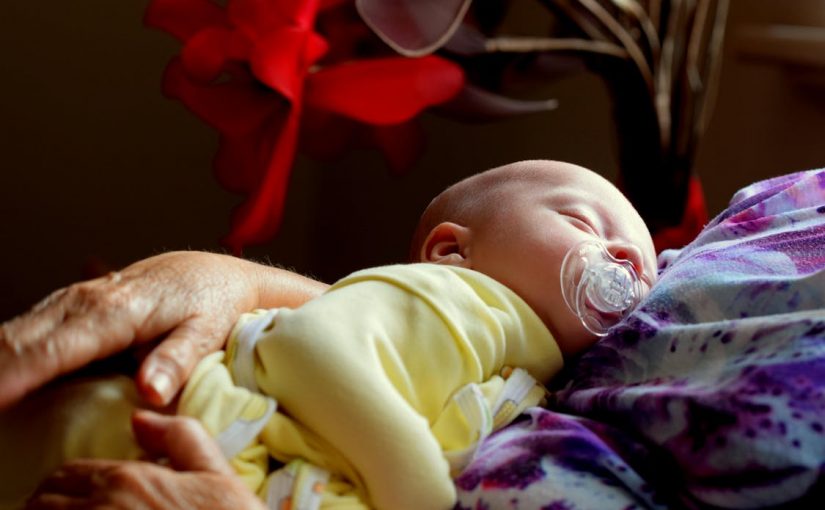The post-circumcision period is usually around two weeks. The child’s weight, age and type of anesthesia will affect the recovery time. However, a good surgeon will explain the risks and benefits of circumcision to you, and you should give your consent in writing. You can also ask your doctor for guidance on how to care for your baby after a circumcision. Your doctor may prescribe an over-the–counter painkiller. To relieve the discomfort of your child, you can use a saline solution.

Your child must refrain from having sex with anyone other than your circumcised partner for at least six weeks. Alcohol can dehydrate your body and reduce the effectiveness local anaesthetic. Before the procedure, drink plenty of water and refrain from consuming alcohol or caffeine. You can resume normal diet after the circumcision. In the first few days following the procedure, you will notice swelling around your foreskin. This is normal and will disappear in a week.
The next day after the circumcision, the area around the incision will be covered with a crust. This is normal and is a sign of healing. The penis’s head will be slightly yellow or reddish with some bloody crust or discharge. Fortunately, the recovery time after a circumcision is very short. Although bruising will eventually disappear, the incision will still be swollen. Within a few weeks, the incision should be closed.
After a circumcision, your child should wear loose clothing while recovering from the incision. You should avoid swimming for a few days after the procedure to avoid causing an infection. It is important to avoid swimming for at least one week after the circumcision. If you do decide to swim, make sure to use a pool. Your baby will recover quicker if you give him a water bath. Your baby will not be able breathe if the incision is made at the wrong time.
After a circumcision it is necessary to clean and sterilize the area. It should be kept dry and free of any lotions or ointments to minimize bleeding. Cleansing the site with a sterile wipe is a must. Apply petroleum jelly liberally over the incision. After the initial day, you may take painkillers as prescribed. You should discontinue taking painkillers after the first week if the incision site becomes swollen, or if the wound edges become unattached.
It is normal for there to be some swelling and pain after a Melbourne Circumcision. Although some babies may be infected by Melbourne Circumcision-related infection, most are manageable with antibiotics. There are several signs of infection, including persistent redness, swelling and pain, pus, pus, and fever. Children with a history of bleeding disorders and blood clotting problems are more at risk. Additionally, some children may experience a nick or tear in their small blood vessels, requiring stitches.
After a circumcision you should thoroughly wash the incision area with warm water. It will feel sore for a few hours. You can also give your baby acetaminophen (Tylenol) to relieve the pain. To prevent prolonged recovery, avoid alcohol and hydrogen peroxide. In the meantime, you should allow your child to wear loose clothes. It will take a few days before your child is fully healed.
The incision site should be cleaned with warm water after a circumcision. It should not use diaper wipes to clean it. If you have to, you can use soapy tap water. Your child should not wear tight clothing the first few day after a circumcision. They may feel unwell, but they can still eat normal food. During this time, they should not drink alcohol or eat spicy food. The best way to reduce pain and inflammation is to take antibiotics and care for your baby’s wounds.
After a circumcision, your child may feel sore for up two weeks. You can feed your child a regular diet while they recover. You should not drink alcohol for the first few days after circumcision. To prevent infection, the doctor may suggest that you sleep for a couple of days. Talk to your doctor if you’re unsure if your child should have alcohol. Your pediatrician can discuss the risks and benefits of the procedure with you.

